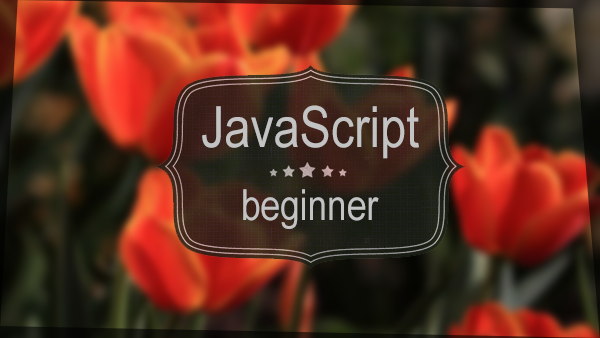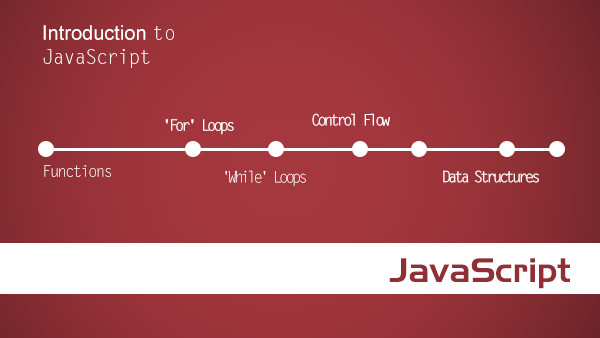本文详细介绍了Styled-components入门知识,包括其基本概念、优势以及安装配置方法。文章还涵盖了如何使用Styled-components创建样式组件,并提供了动态样式生成的技巧。通过阅读本文,开发者可以快速掌握Styled-components的基本用法并应用于实际项目中。
引入Styled-components 什么是Styled-componentsStyled-components是一种用于React应用的CSS-in-JS库,它将样式和组件紧密结合起来,使得样式更易于管理和复用。通过使用JavaScript语法来定义样式,开发者可以利用变量、条件、函数等特性来动态地创建样式,从而使样式代码更具有可读性和可维护性。
Styled-components的优势- 组件化: 每个组件都有自己独立的样式,不会出现全局样式冲突的问题。
- 可复用性: 可以将样式定义成变量,方便在不同的组件之间共享。
- 动态性: 通过JavaScript来动态生成样式,从而适应复杂的应用逻辑。
- 树形结构: 样式作用范围局限于当前组件及其子组件,避免了全局样式污染。
- 开发体验: 提供了强大的IDE支持,如自动补全,错误提示等。
要让项目支持Styled-components,首先需要安装它。可以通过npm或yarn来安装。
npm install styled-components
# 或者
yarn add styled-components安装完成后,你还需要在项目中导入styled-components。
import styled from 'styled-components';使用Styled-components时,通常还需要配置一些工具,例如babel-plugin-styled-components和css-loader。这样可以确保生成的CSS代码能够被正确解析。
npm install --save-dev babel-plugin-styled-components
# 配置.babelrc
{
"plugins": ["styled-components"]
}在webpack.config.js中,也需要配置css-loader和style-loader以确保CSS代码能被正确加载。
module.exports = {
module: {
rules: [
{
test: /\.css$/,
use: ['style-loader', 'css-loader'],
},
],
},
};使用styled函数可以将常规的HTML标签转换成带有样式的React组件。
import styled from 'styled-components';
const StyledButton = styled.button`
background-color: #4CAF50;
color: white;
padding: 10px 20px;
border: none;
border-radius: 5px;
cursor: pointer;
`;
function App() {
return (
<StyledButton>点击我</StyledButton>
);
}Styled-components允许开发者直接使用CSS属性来定义样式,也可以通过className属性来引用外部的CSS文件。
import styled from 'styled-components';
const BodyStyle = styled.div`
background-color: #f0f0f0;
font-family: Arial, sans-serif;
margin: 0;
padding: 0;
`;
function App() {
return (
<BodyStyle>
<h1>欢迎来到Styled-components世界</h1>
<p>使用Styled-components可以轻松创建复杂的UI组件。</p>
</BodyStyle>
);
}在很多情况下,你可能需要动态地生成样式。此时,可以使用模板字面量```来定义字符串,这样可以在其中嵌入变量和表达式。
import styled from 'styled-components';
const Button = styled.button`
background-color: ${(props) => props.theme.primaryColor};
color: white;
padding: 10px 20px;
border: none;
border-radius: 5px;
`;
function App() {
return (
<Button theme={{ primaryColor: '#4CAF50' }}>点击我</Button>
);
}通过在Styled-components的模板字面量中使用条件表达式,可以实现更复杂的动态样式。
import styled from 'styled-components';
const Box = styled.div`
width: ${props => (props.isWide ? '200px' : '100px')};
height: ${props => (props.isTall ? '300px' : '150px')};
background-color: ${props => (props.isWide ? 'red' : 'blue')};
`;
function App() {
return (
<div>
<Box isWide={true} isTall={true}>这是一个宽高的Box</Box>
<Box isWide={false} isTall={false}>这是一个窄短的Box</Box>
</div>
);
}在开发过程中可能会遇到样式重复的问题。为了减少不必要的重复,可以将常用的样式提取为单独的函数或变量。
import styled from 'styled-components';
const theme = {
primaryColor: '#4CAF50',
secondaryColor: '#FF5722',
};
const colorStyles = {
primary: ({ theme }) => theme.primaryColor,
secondary: ({ theme }) => theme.secondaryColor,
};
const Button = styled.button`
background-color: ${colorStyles.primary};
color: white;
padding: 10px 20px;
border: none;
border-radius: 5px;
`;
function App() {
return (
<Button theme={theme}>点击我</Button>
);
}为了提升性能,可以在组件渲染时限制样式的变化。例如,可以通过使用key属性来确保只有在必要时才重新渲染样式组件。
import React, { useState } from 'react';
import styled from 'styled-components';
const Button = styled.button`
background-color: ${(props) => props.theme.primaryColor};
color: white;
padding: 10px 20px;
border: none;
border-radius: 5px;
`;
function App() {
const [theme, setTheme] = useState({ primaryColor: '#4CAF50' });
const toggleTheme = () => {
setTheme({ primaryColor: '#FF5722' });
};
return (
<div>
<Button theme={theme}>点击我</Button>
<button onClick={toggleTheme}>切换主题</button>
</div>
);
}假设你需要开发一个简单的登录页面,包含一个输入框和一个按钮。要求输入框的背景颜色根据焦点状态发生变化,按钮的背景颜色根据是否禁用状态变化。
import React, { useState } from 'react';
import styled from 'styled-components';
const Input = styled.input`
width: 200px;
height: 40px;
padding: 10px;
border: 2px solid #4CAF50;
border-radius: 5px;
background-color: ${props => (props.isFocused ? '#4CAF50' : '#fff')};
color: ${props => (props.isFocused ? '#fff' : '#000')};
&:focus {
border-color: #FF5722;
}
`;
const Button = styled.button`
background-color: ${(props) => (props.disabled ? '#ddd' : '#4CAF50')};
color: white;
padding: 10px 20px;
border: none;
border-radius: 5px;
cursor: ${props => (props.disabled ? 'not-allowed' : 'pointer')};
`;
function LoginPage() {
const [userName, setUserName] = useState('');
const [password, setPassword] = useState('');
const [isFocused, setIsFocused] = useState(false);
const [isDisabled, setIsDisabled] = useState(true);
const handleFocus = () => {
setIsFocused(true);
};
const handleBlur = () => {
setIsFocused(false);
};
const handleChange = () => {
setIsDisabled(!userName || !password);
};
return (
<div>
<Input
type="text"
placeholder="用户名"
onFocus={handleFocus}
onBlur={handleBlur}
onChange={handleChange}
/>
<Input
type="password"
placeholder="密码"
onFocus={handleFocus}
onBlur={handleBlur}
onChange={handleChange}
/>
<Button disabled={isDisabled}>登录</Button>
</div>
);
}
export default LoginPage;为了确保组件的正确性,可以使用jest和@testing-library/react来进行单元测试。
import React from 'react';
import { render, fireEvent, act } from '@testing-library/react';
import LoginPage from './LoginPage';
describe('LoginPage', () => {
test('输入内容时,按钮应该变为可点击', () => {
const { getByPlaceholderText, getByText } = render(<LoginPage />);
const userNameInput = getByPlaceholderText('用户名');
const passwordInput = getByPlaceholderText('密码');
const loginButton = getByText('登录');
fireEvent.change(userNameInput, { target: { value: 'testUser' } });
fireEvent.change(passwordInput, { target: { value: 'testPassword' } });
expect(loginButton).not.toBeDisabled();
});
});
``
通过这篇指南,开发者应该能够理解Styled-components的基本使用方法并掌握一些进阶技巧。实践示例部分展示了如何在实际项目中运用这些知识,帮助开发者更好地理解和应用Styled-components。
 随时随地看视频
随时随地看视频




